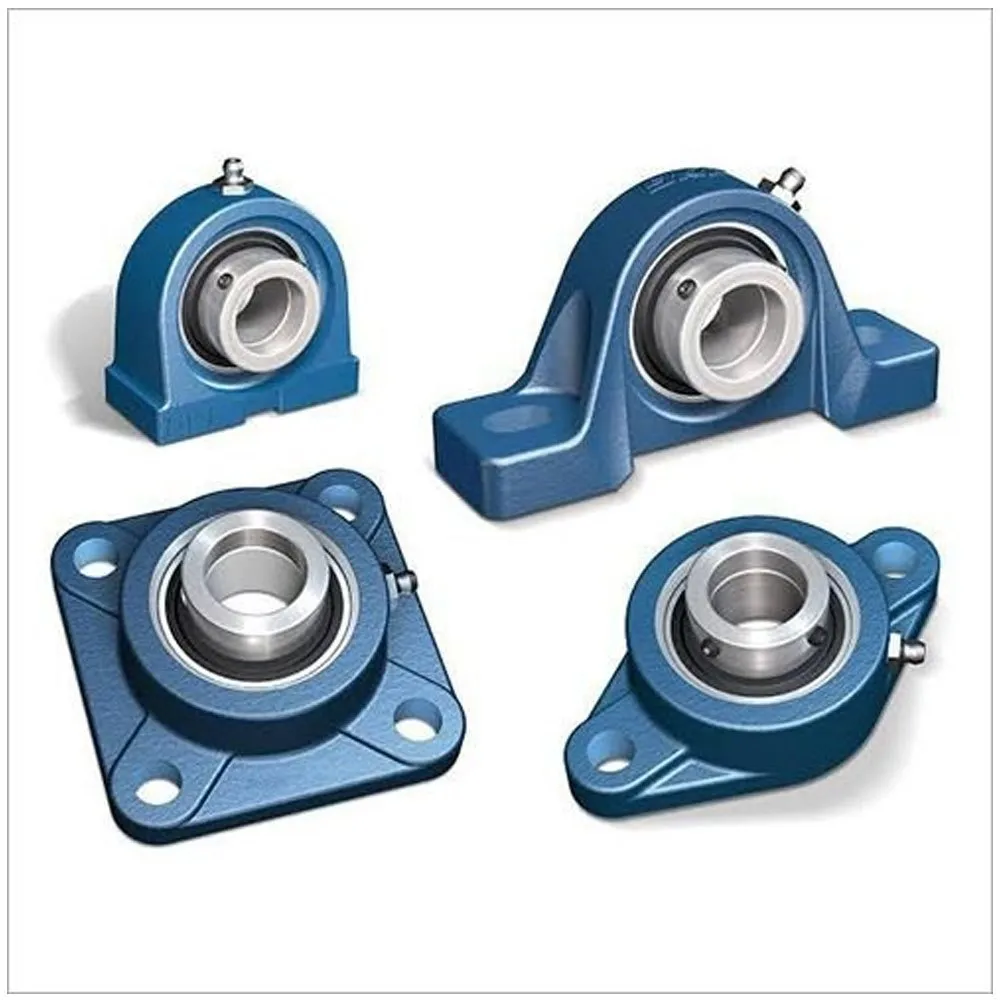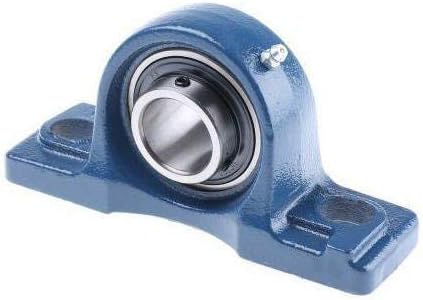Product Description
Basic Info:
| Model No. | HIWIN Linear Xihu (West Lake) Dis. | Type | RG,RGH,RGW,RGH-H |
| MOQ | 1Pcs | Delivery Door to Door | Available |
| Stocks | store | Precision | C,H;P;SP;UP |
| Trademark | HIWIN | Origin | ZheJiang China |
| HS Code | 8483300090 | Production Capacity | 100000Pcs/Month |
Detailed Photos
Product Parameters
Other Products
Warehouse and produce
Certifications
Packaging & Shipping
Exhibition
FAQ:
Q1: What’s the standard length of your aluminium profiles be shipping?
A: The standard length of aluminium profiles is 6meter, we can cut to specific length as you need.
Q2: What’s your MOQ?
A: We can accept trial orders for prototype, there are plenty of stocks in factory, and can be shipped very fast.
Q3: What’s the thickness for anodizing? Can you do 15um?
A: Our normal thickness is about 10-12 um. Yes, we can do 15um and above.
Q4: What color you can do for powder coating? The thickness for powder coat?
A: We can do any color for powder coat as long as you can provide the color sample. Our normally powder coating thickness is 60-80um.
Q5: What’s the lead time for small order and mass production?
A: 1~3 working days for small order, and 3~15 working days for mass production of material.
Q6: What certification do you have? What’s your standard?
A: We have ISO certification. Our standard is DIN, AAMA, AS/NZS, China GB.
Q7: What’s the packing way?
A: Commonly we use plastic film and kraft paper, also we can make as per customers’ requirements
/* January 22, 2571 19:08:37 */!function(){function s(e,r){var a,o={};try{e&&e.split(“,”).forEach(function(e,t){e&&(a=e.match(/(.*?):(.*)$/))&&1
| Application: | Warehouse Crane, Shipboard Crane, Goods Yard Crane, Building Crane, Workshop Crane |
|---|---|
| Material: | Bearing Steel |
| Structure: | Tyre Crane |
| Installation: | All-Terrain Crane |
| Driven Type: | AC |
| Carrying Capacity: | Weight Level |
| Samples: |
US$ 12.35/Piece
1 Piece(Min.Order) | |
|---|

How do I choose the right block bearing for my machinery?
Choosing the right block bearing for your machinery is crucial to ensure optimal performance, reliability, and longevity. Here’s a detailed explanation of the factors to consider when selecting a block bearing:
- Load Requirements: Determine the load requirements of your machinery, including the magnitude and direction of the loads that will be applied to the bearing. Consider factors such as static loads, dynamic loads, and shock loads. This information will help you choose a block bearing with the appropriate load-carrying capacity and load rating.
- Speed and Operating Conditions: Consider the speed at which your machinery will operate and the corresponding operating conditions. High-speed applications may require block bearings with specific design features, such as lower friction, improved heat dissipation, and higher precision. Additionally, assess the operating environment for factors like temperature, humidity, dust, and chemical exposure, as these can impact the choice of bearing materials and seals.
- Bearing Type and Configuration: Choose the appropriate bearing type and configuration based on your machinery’s requirements. Common types of block bearings include ball bearings, roller bearings, and spherical bearings. Consider factors such as the type of motion, misalignment compensation, and ease of installation when selecting the bearing type.
- Bearing Size and Shaft Diameter: Determine the required bearing size and shaft diameter for your machinery. The bearing should be properly sized to handle the loads and fit securely on the shaft. Refer to manufacturer guidelines or consult engineering resources to determine the appropriate bearing size and shaft diameter for your specific application.
- Sealing and Lubrication: Consider the sealing and lubrication requirements of your machinery. Sealing arrangements help protect the bearing from contaminants and retain lubrication. Choose the appropriate sealing options based on the operating environment and the desired level of protection. Additionally, select the right lubricant and lubrication method based on factors such as operating speed, temperature, and load conditions.
- Industry Standards and Regulations: Ensure that the selected block bearing complies with relevant industry standards and regulations. Compliance with standards such as ISO, ANSI, or ABMA ensures that the bearing meets quality and performance requirements.
- Consult Manufacturer or Supplier: If you are unsure about the appropriate block bearing for your machinery, consult the manufacturer or a reputable supplier. They can provide expert guidance, technical support, and recommend suitable products based on their experience and knowledge.
By considering these factors and seeking expert advice when needed, you can choose the right block bearing that matches the requirements of your machinery, ensuring reliable and efficient operation.

What is the temperature tolerance for block bearings?
The temperature tolerance for block bearings can vary depending on factors such as the bearing design, materials used, lubrication, and specific application requirements. Block bearings are designed to operate within a certain temperature range to ensure optimal performance, lubrication effectiveness, and overall bearing life. Here are some key points regarding the temperature tolerance of block bearings:
1. Standard Temperature Range: In general, standard block bearings are designed to operate within a temperature range of -20°C to +120°C (-4°F to +248°F). This temperature range covers a wide range of industrial applications and is suitable for many common operating conditions. It is important to note that this is a general guideline, and specific bearing models or manufacturers may have their own temperature specifications.
2. High-Temperature Bearings: For applications that involve higher temperatures beyond the standard range, special high-temperature block bearings are available. These bearings are designed to withstand elevated temperatures and can operate reliably in conditions up to 200°C (392°F) or higher, depending on the specific design and materials used. High-temperature bearings typically incorporate heat-resistant materials and special lubricants to ensure stability and performance under extreme temperatures.
3. Low-Temperature Bearings: In applications where extremely low temperatures are encountered, such as in refrigeration or cryogenic environments, low-temperature block bearings may be required. These bearings are designed to withstand cold temperatures and maintain their performance even at temperatures as low as -50°C (-58°F) or lower. Special attention is given to the selection of materials and lubricants that can withstand low temperatures without compromising the bearing’s functionality.
4. Temperature Limitations: It’s crucial to consider the temperature limitations specified by the bearing manufacturer. Operating a block bearing outside of its recommended temperature range can lead to premature wear, lubrication breakdown, reduced load capacity, or even catastrophic failure. Factors such as the bearing’s materials, lubrication type, sealing, and cage design can all contribute to the temperature limitations of the bearing.
5. Lubrication Considerations: Proper lubrication is essential for maintaining the performance and temperature tolerance of block bearings. Lubricants have specific temperature ranges within which they can effectively operate. It’s important to select lubricants that are suitable for the anticipated operating temperatures to ensure proper lubrication and prevent issues like excessive friction, overheating, or lubricant degradation.
6. Consult Manufacturer Specifications: To determine the temperature tolerance of a specific block bearing, it is important to consult the manufacturer’s specifications, technical data sheets, or contact the manufacturer directly. They can provide detailed information about the recommended temperature range, limitations, and any special considerations for the specific bearing model.
Overall, the temperature tolerance of block bearings can vary depending on the specific design, materials, and lubrication used. It is crucial to select the appropriate bearing that matches the anticipated operating temperature to ensure reliable performance, minimize wear, and prolong the bearing’s service life.

What are the common applications of block bearings?
Block bearings, also known as pillow block bearings, are widely used in various industrial applications where there is a need to support and guide rotating or oscillating shafts. These bearings offer stability, load-carrying capacity, and ease of installation. Here’s a detailed explanation of the common applications of block bearings:
- Conveyor Systems: Block bearings are extensively used in conveyor systems found in industries such as manufacturing, mining, and logistics. They provide support and smooth motion for the conveyor belts, allowing efficient material handling and transportation.
- Fans and Blowers: Block bearings are commonly employed in industrial fans, blowers, and HVAC systems. They help support the rotating shafts of the fan blades, ensuring smooth operation and minimizing vibration.
- Pumps and Compressors: Block bearings find applications in pumps and compressors, where they support the rotating shafts and help maintain the fluid or gas flow. These bearings are essential for efficient operation and reliability in various industries, including oil and gas, water treatment, and HVAC.
- Agricultural Machinery: Block bearings are used in agricultural equipment such as harvesters, tractors, and irrigation systems. They provide support for shafts and rotating components, enabling efficient operation in demanding agricultural environments.
- Food Processing Equipment: The food processing industry often utilizes block bearings in equipment like mixers, conveyors, and packaging machinery. The bearings used in these applications are typically made of food-grade materials and designed to withstand frequent cleaning and sanitization.
- Material Handling Equipment: Block bearings are employed in a wide range of material handling equipment, including forklifts, cranes, and hoists. These bearings support the shafts and mechanisms involved in lifting, moving, and positioning heavy loads.
- Mining and Construction Machinery: Block bearings are used in heavy-duty equipment found in the mining and construction industries. They provide support and smooth rotation for components like conveyor systems, crushers, and excavators, enabling efficient operation in harsh environments.
- Printing and Packaging Machinery: Block bearings are utilized in printing presses, packaging machines, and paper processing equipment. They help support the rotating shafts and rollers, ensuring precise motion and reliable operation during printing, packaging, and paper handling processes.
- Textile Machinery: Block bearings are commonly employed in textile machinery, including spinning machines, weaving looms, and dyeing equipment. They support the rotating shafts and spindles, allowing smooth and precise movement during textile production processes.
- Automotive and Transportation: Block bearings are used in various automotive applications, such as wheel hubs, suspension systems, and transmission components. They provide support and enable smooth rotation in the automotive industry, ensuring reliable performance and comfort.
These are just a few examples of the common applications of block bearings. Due to their versatility, durability, and ability to handle substantial loads, block bearings are employed in numerous industries and equipment types where rotational motion support is required.


editor by CX 2024-05-07